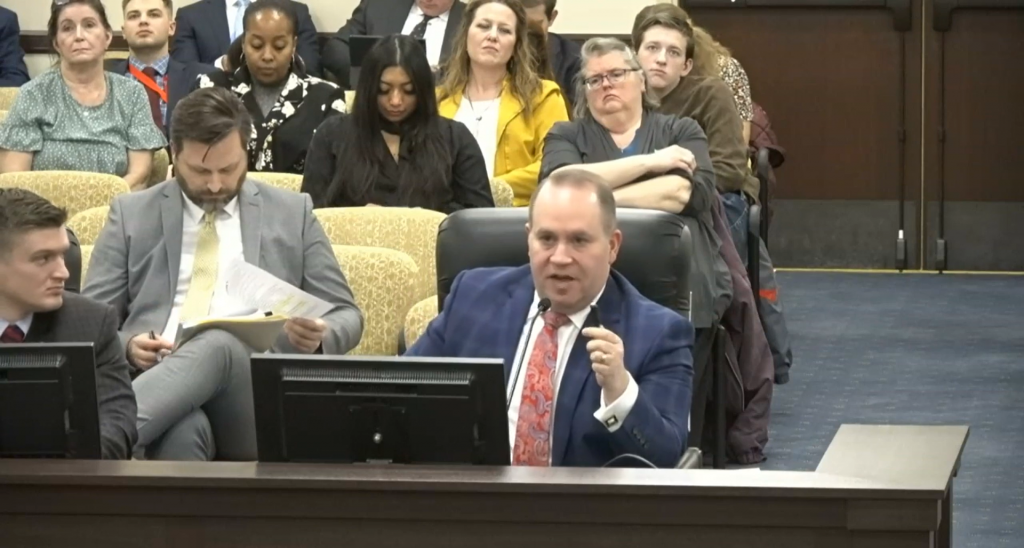Utah Employers have a New Tool to Prevent Workplace Violence

Workplace safety is always a top priority for employers. That’s why the newly passed Utah House Bill 324 is a welcome addition to the state’s legal framework. Prior to enactment of this new law, employers did not have a protective order remedy to keep their employees from harm. The new bill allows employers to obtain a Workplace Violence Protective Order (WVPO) against a person who threatens or engages in workplace violence, providing an additional layer of protection for employees who may be in danger.
Strong & Hanni’s Michael D. Stanger first encouraged enactment of a WVPO statute in the 2021 legislative session in his capacity as the Legislative Affairs Director for the Northern Utah Human Resources Association (NUHRA). Mr. Stanger had represented Nevada employers who were able to use a similar statute in that state to protect their workforces and knew the benefit it provided. Senator Todd Weiler sponsored the 2021 bill, which was passed by the Senate, but not the House of Representatives.
In 2023, Representative Tyler Clancy ran the bill again. Utah’s State Council of the Society for Human Resource Management took up the cause, dedicating significant resources to getting the statute passed. State SHRM legislative affairs director Mark Tolman, members of the State Council, and local chapters of SHRM, including Salt Lake SHRM and NUHRA all lobbied their legislators and testified in committee meetings regarding the need for the statute.
Overall, Utah House Bill 324 is a positive development for employers and employees alike. By providing an additional tool for preventing workplace violence, it helps to create a safer and more secure workplace for everyone. As an employer, it’s important to understand the implications of the new law and take steps to ensure compliance, while also remaining vigilant about preventing workplace violence in the first place.
If you have questions about the new law, or about WVPOs, or workplace violence in general, a qualified employment attorney can help you understand the law and ensure that you’re taking all the necessary steps to protect your employees.
